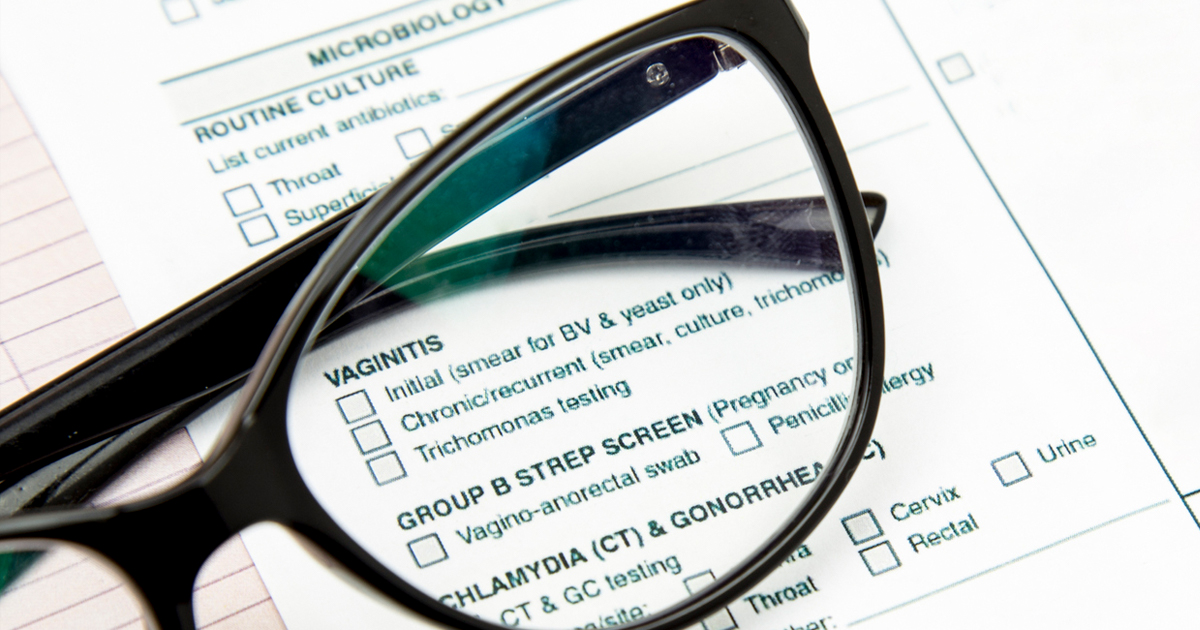Getting an STD is always a possibility when becoming intimate with a partner. In the absence of reliable protection, the odds of contracting such an infection become even higher.
But is there any chance of getting two STDs at the same time? Theoretically, that could happen. Research also suggests that such occurrences have often taken place through the years, further increasing the importance of proper protection and regular screening.
Yes, Getting More Than One STD Is Possible
This is the short answer to the question. Each sexually transmitted infection is caused by a specific pathogen – a bacterium, a virus or a parasite. It is possible for one person to be the carrier of multiple infectious agents that could be passed to a sexual partner.
Let’s examine a theoretical example to understand the possible outcomes. A person is having unprotected sex with someone who has both chlamydia and gonorrhoea.
Here’s what may happen in the aftermath of exposure.
- The second person could get both chlamydia and gonorrhoea.
- They could get only chlamydia.
- They could get only gonorrhoea.
- The final scenario is the most favourable one and in that instance, the second person does not become infected with anything.
These scenarios can also unfold whenever two people are having sex and using barrier contraception like a condom. In the event of the condom being put on incorrectly or it breaking, there is some likelihood of one or both STDs being transmitted.
Some STDs Go Hand in Hand
Researchers have determined through the years that some STIs are very likely to occur alongside each other.
The chlamydia and gonorrhoea pairing mentioned above is one such example.
Syphilis and gonorrhoea is another common pairing. In fact, famous Scottish surgeon John Hunter concluded that both were caused by the same pathogen in 1767. Today, we know this isn’t the case. Hunter’s research was probably flawed due to the fact that he obtained samples from an individual suffering from both syphilis and gonorrhoea at the time. Since Hunter was considered an important medical authority, however, his conclusion was considered valid and it didn’t get challenged for a long period of time.
There are numerous factors that increase the risk of getting two STDs at the same time and being more vulnerable to sexually transmitted pathogens.
If you already have one STD, you become more susceptible to getting others. HIV positive individuals, for example, are more likely than HIV-negative people to get other STDs and vice versa. Syphilis, for example, causes the appearance of open genital sores. When the HIV virus comes in contact with such open wounds, it can pass on more effortlessly. In the other scenario, HIV weakens the immune system and reduces the body’s capability of fighting off a virus or a bacterium.
Suffering from two or more STDs at the same time is called co-infection and depending on a person’s immune response and the types of infections, the situation could be quite serious.
Also, co-infection isn’t the only risk scenario to think about. Many people believe that just because they’ve had a certain STD in the past, they cannot get it again. This is untrue for many kinds of sexually transmitted diseases. Reinfection is very much a possibility, which is why reliable protection should be utilised each time two people decide to get intimate.
What’s the Likelihood of Becoming Co-Infected?
This is a difficult question to answer.
For a start, many sexually transmitted diseases do not cause symptoms for long periods of time. As a result, carriers do not seek medical attention until they start experiencing issues. Regular STD screening is the only way to identify an infection in such people. Unfortunately, many people don’t get tested regularly due to shame, social stigma or the lack of enough awareness.
In 2010, researchers carried out a small study to estimate the number of people who carry two or more STDs at the same time. The study involved 275 patients who had one or more STD complaints as these symptoms are defined by the World Health Organization (WHO).
Of all participants in the study, 102 or 37 per cent got diagnosed with more than one STD. None of these individuals reported regular condom use as a means of protection. Syphilis was the most common infection in people having multiple STDs, affecting 48 per cent of the participants. It was followed by HIV (45 per cent) and HSV-2 (39.2 per cent).
Syphilis occurred most often in a co-infection with HIV. Gonorrhoea was linked to co-infections with HIV or chlamydia.HSV-2 or herpes simplex was seen in a co-infection with HIV and genital warts.
Lowering Risks Is Up to You
As you can see, having two or more STIs at the same time isn’t such an uncommon occurrence.
There are several things you can do to reduce risks for yourself or your partner.
Being in a committed monogamous relationship and using a condom every single time can both bring down the risk of infections.
Regular STD screening is another essential. If you are sexually active, no matter how careful you are, getting tested for STDs will rank among the best ways to get peace of mind.
Luckily, reliable STD testing is available in Singapore STD Clinics like Shim Clinic. You can visit us during working hours every day of the week. Not only will we recommend the type of screening that’s best for you, our team will also provide a confidential consultation to answer your questions and help you adopt the best sexual health practices.

